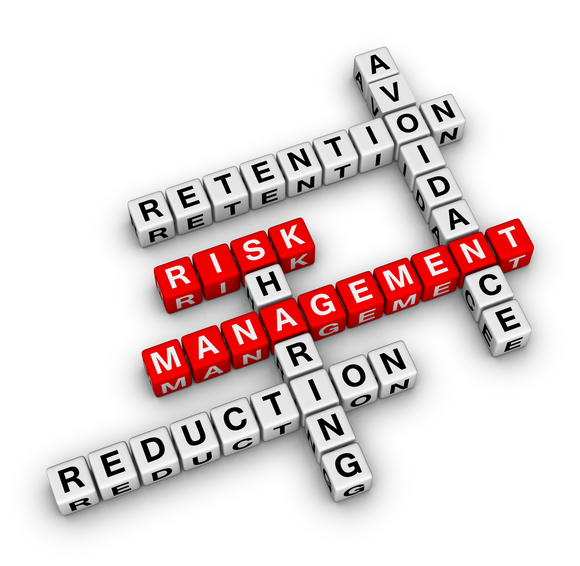Accounting
Professor Creates Financial Model to Value Water Risk for Businesses
With water risk rising in some companies and basins as a more urgent problem than climate change, University of Michigan researchers have worked out a way to measure how it affects stock volatility.
Oct. 08, 2014

With water risk rising in some companies and basins as a more urgent problem than climate change, University of Michigan researchers have worked out a way to measure how it affects stock volatility.
Peter Adriaens, an entrepreneurship professor at the Zell Lurie Institute at Michigan Ross, along with current and former students Kristine Sun and Ran Gao, wanted to know how the financial and operational risks can be quantified when a business faces water access constraints.
“My ultimate objective is can we extract market signals out of stock volatility behavior that tells companies how financially exposed they are,” Adriaens said. “What we wanted to measure is what is the opportunity cost to a company of not having water in a bucket. How is this going to impact a company?”
A series of stories in the Financial Times last month estimated that $84 billion was spent in the past three years to conserve, manage or obtain water. And Moody’s indicates that water scarcity has credit-negative implications in the mining industry. Voluntary water risk disclosures are on the rise across all industry sectors. Increasingly, methodologies are being developed to capture operational cost or policy risk to understand the magnitude of corporate water exposure.
Adriaens’ research tests the hypothesis that water risk impacts revenue and the cost of doing business, asset risk and by inference, stock volatility, unless the company manages its risk appropriately. He related stock volatility metrics and water risk exposures of four electric utilities in 2007-08, a two-year period that captured multiple drought events, commodity (coal) price fluctuations and systemic risk in the financial markets.
And Adriaens asked the question whether these asset risk pricing and stock sensitivity metrics can be used to make portfolio allocation decisions. The opportunity then arises to extract market signals for corporate water sustainability. The premise is that business water risk has a measurable and material impact on equity and portfolio volatility.
“Business water risk is not about price, but about opportunity cost. It’s about businesses losing economic output,” Adriaens said. “The loss of economic output is what is being valued in the market…opportunity costs and the fear of stranded assets.”
